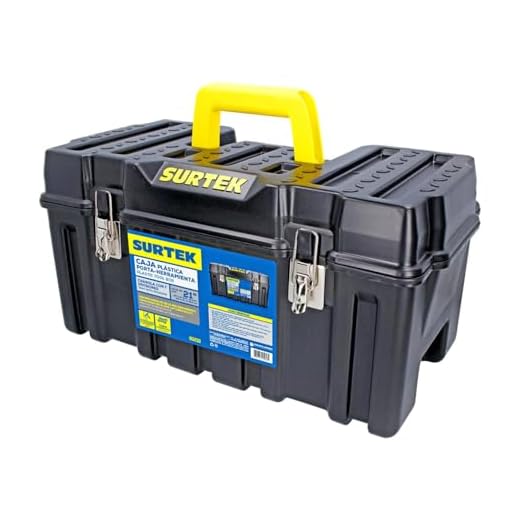



Choosing a sturdy frame is paramount. A robust platform ensures the equipment remains securely in place during transport. Opt for materials like steel or aluminium that offer a balance between weight and durability. The frame should be capable of holding the combined weight of the equipment and any additional accessories.
Next, consider the layout of your setup. Position the motor and pump in a way that allows easy access for maintenance. A well-organised arrangement not only simplifies operation but also enhances safety. Use non-slip materials for the flooring to prevent accidents when working in wet conditions.
Power management is another key aspect. Select an adequate generator or battery system that meets the energy demands of your equipment. Ensure ample fuel storage to avoid interruptions during extended tasks. Integrating a fuel management system can facilitate smooth operations on larger jobs.
Don’t overlook storage solutions for hoses, nozzles, and cleaning agents. Incorporating compartments or racks will keep items organised and prevent loss. This attention to detail can significantly increase efficiency during projects, allowing you to focus on delivering quality service.
Finally, always prioritise safety features. Include a reliable braking system and proper lighting to ensure visibility while on the road. Consider installing emergency shut-off valves to quickly stop the machine in case of an unexpected incident. Prioritising safety not only protects you but also instils confidence in your clientele.
Crafting a Mobile Cleaning Unit
Begin with a sturdy base to support your equipment. A heavy-duty frame made from tubular steel or aluminium creates a solid foundation, with a load capacity of at least 1500 pounds. This ensures safety and stability on the road.
For power, invest in a reliable engine. A gas-powered unit with at least 3000 PSI delivers the muscle needed for tough jobs. Remember to attach a fuel tank securely, minimizing vibration and movement during transit.
Water Storage and Distribution
Incorporate a substantial water tank, ideally 100-200 litres, mounted low for even weight distribution. Ensure the tank has a secure cap to prevent leaks. Connect to your cleaning unit with heavy-duty hoses resistant to kinks and abrasion; this maintains optimal flow and pressure.
Implement an efficient pump system. Choose a self-priming pump capable of drawing water from the tank reliably. This feature ensures consistent performance, especially at remote sites where external water sources may not be available.
Accessory and Storage Solutions
Create compartments for storing accessories such as nozzles, detergent, and high-pressure hoses. Having a dedicated space helps to keep everything organized and within reach, saving time on the job. Use racks or toolboxes that are weather-resistant and can withstand the rigours of transport.
For mobility, select quality wheels rated for heavy loads. Consider pneumatic tyres for better grip and smoother travel. Implement a braking system for added safety when parked on slopes.
Lastly, think about including a generator to power additional tools or lighting. This versatility expands the range of services offered, enhancing your operational capability.
Choosing the Right Trailer Type for Your Pressure Cleaning Equipment
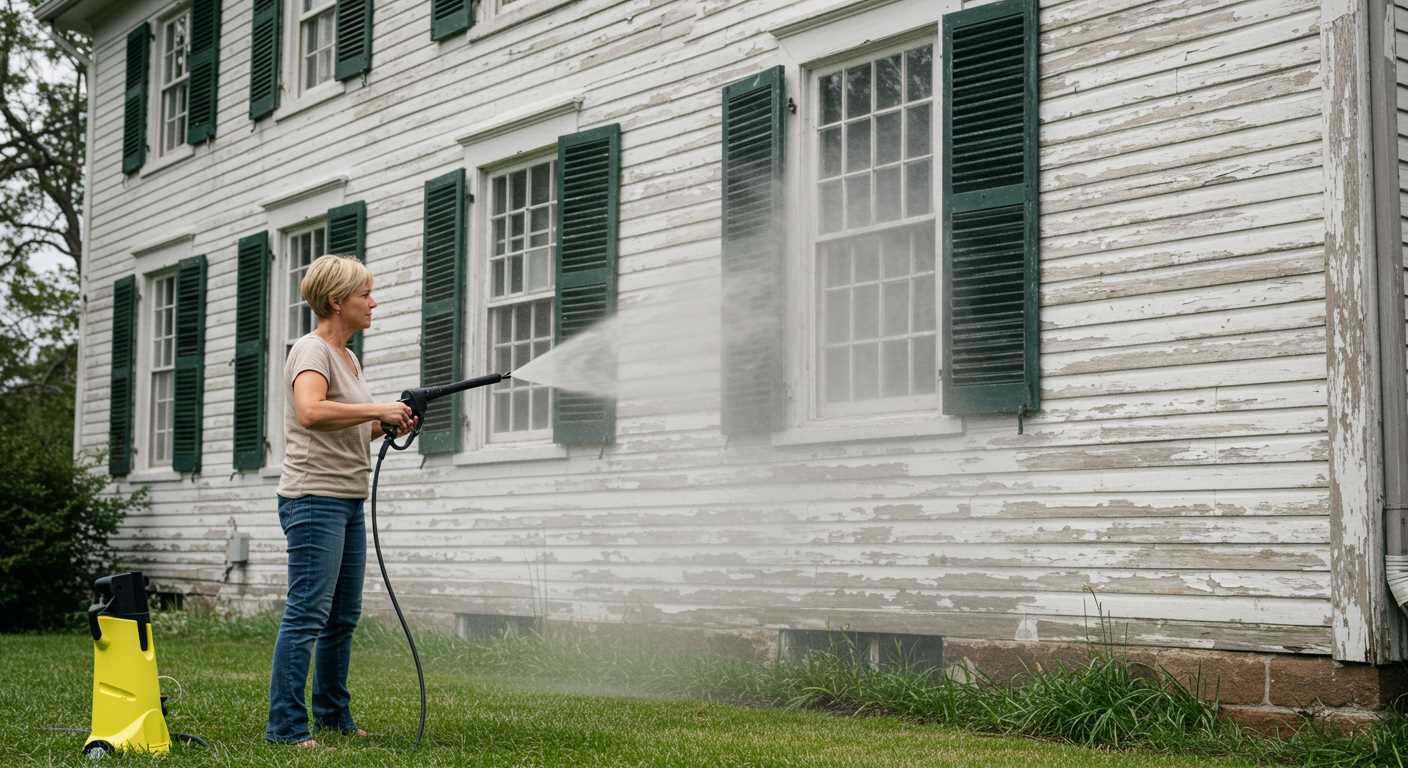
Opt for an enclosed model if weather protection is a priority. This design safeguards tools and supplies from rain and sun, enhancing equipment lifespan.
Flatbed options provide versatility for various sizes of machines and layouts. They facilitate quick access, making load and unload processes straightforward, especially for larger projects.
Consider weight distribution. A tandem axle setup is ideal for heavy-duty applications, offering improved stability and load management. Single axle designs are lighter but may limit capacity.
Evaluate your transportation needs. If frequent hauling over long distances is expected, a lightweight construction is necessary to maintain fuel efficiency while carrying your equipment.
Assess the size of your equipment. Ensure there’s ample space for the machine and any additional accessories. A trailer that’s too small will restrict operations and could lead to damage during transport.
| Trailer Type | Pros | Cons |
|---|---|---|
| Enclosed | Weather protection, security | Heavier, may require more power to tow |
| Flatbed | Easy access, versatile | Exposed to elements, less security |
| Tandem Axle | Stability, suitable for heavy loads | More expensive, less manoeuvrable |
| Single Axle | Lighter, easier to tow | Less stable, limited load capacity |
Finally, think about customization features, such as storage compartments and racks for accessories. A well-planned layout maximizes efficiency, ensuring everything is within reach when needed.
Identifying Essential Pressure Washer Specifications
.jpg)
In selecting the right cleaning equipment, focus on the specifications that directly impact performance. Key elements include the PSI (pounds per square inch), which indicates the force of water expelled. For residential tasks, a range of 1,500 to 2,500 PSI is often sufficient; however, for commercial use, aim for 3,000 PSI or more to tackle stubborn dirt and grime.
Flow Rate and Cleaning Units
The flow rate, measured in GPM (gallons per minute), influences the efficiency of your machine. A higher GPM allows for quicker cleaning; for residential machines, aim for 1.5 to 2.5 GPM, while for commercial applications, consider machines with 3 GPM or above. To determine cleaning power, calculate the CU (Cleaning Units) by multiplying PSI by GPM. This figure helps in assessing which machine best fits the specific needs of varied tasks.
Engine Type and Portability
Decide between electric and gas engines. Electric units are quieter and more suitable for light tasks, while gas-powered models provide more power and are ideal for larger areas. Portability is crucial; check the weight of the device and ensure your selected transport method can accommodate and support it effectively. Ensuring comfortable manoeuvrability leads to better overall user experience.
Selecting the Necessary Pump and Engine Combination
Choose a pump with a minimum flow rate of 2.5 gallons per minute (GPM) for residential tasks. For commercial activities, opt for 4 GPM or more to handle larger projects efficiently. A pump’s pressure rating, measured in PSI, should be between 1,500 to 3,000 PSI for general use. Adjust according to your specific cleaning requirements.
Engine Specifications
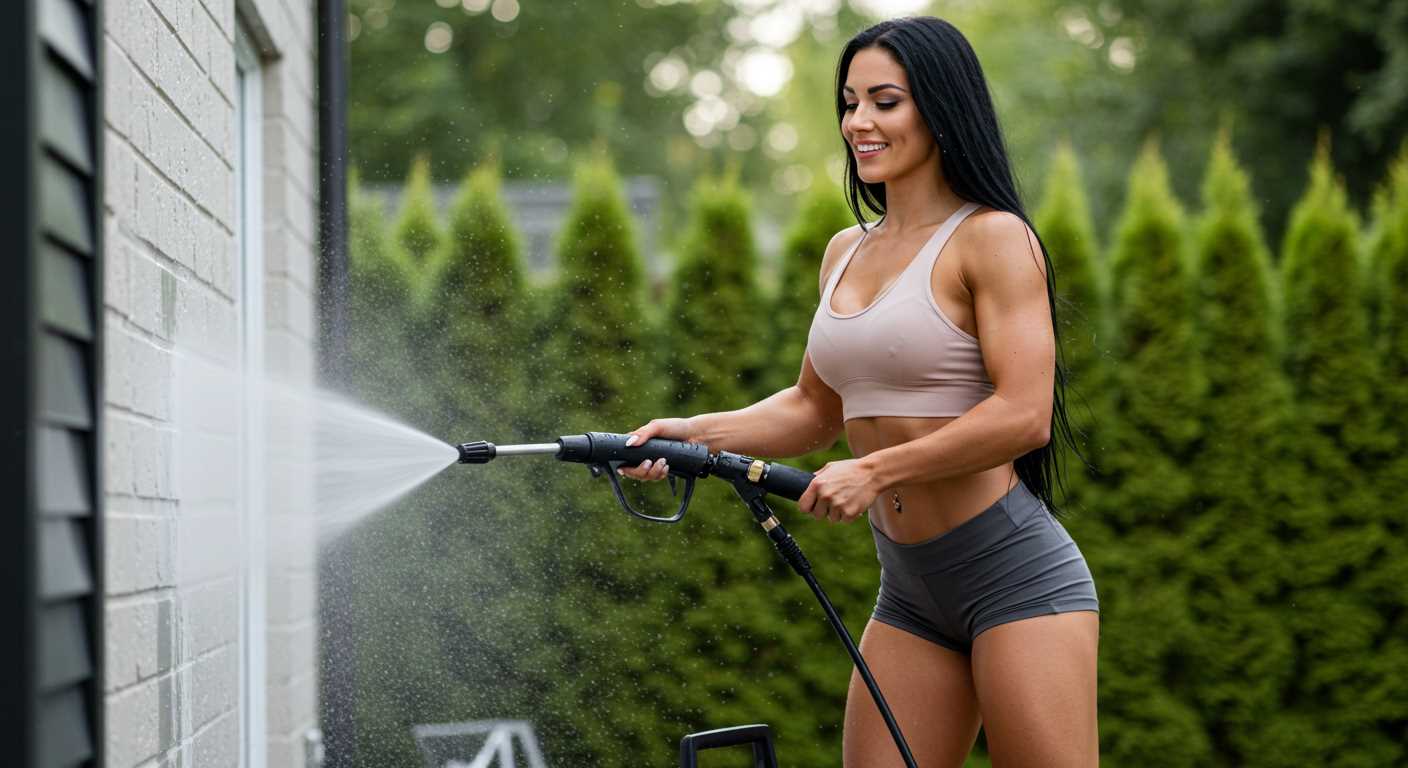
Select an engine that matches the pump’s power requirements. A minimum of 5 horsepower is advisable for 2.5 GPM pumps, while a 13 horsepower engine is better suited for higher-capacity systems. Consider a four-stroke engine for reduced emissions and lower noise, which enhances the user experience, especially in residential areas.
Compatibility and Maintenance
Ensure the pump and engine connect seamlessly. Check compatibility for shaft sizes and mounting brackets to simplify installation. Regular maintenance is crucial; inspect oil levels, replace filters, and monitor for wear and tear. This will prolong the lifespan of the equipment and maintain optimal performance.
Integrating Water Supply and Storage Systems
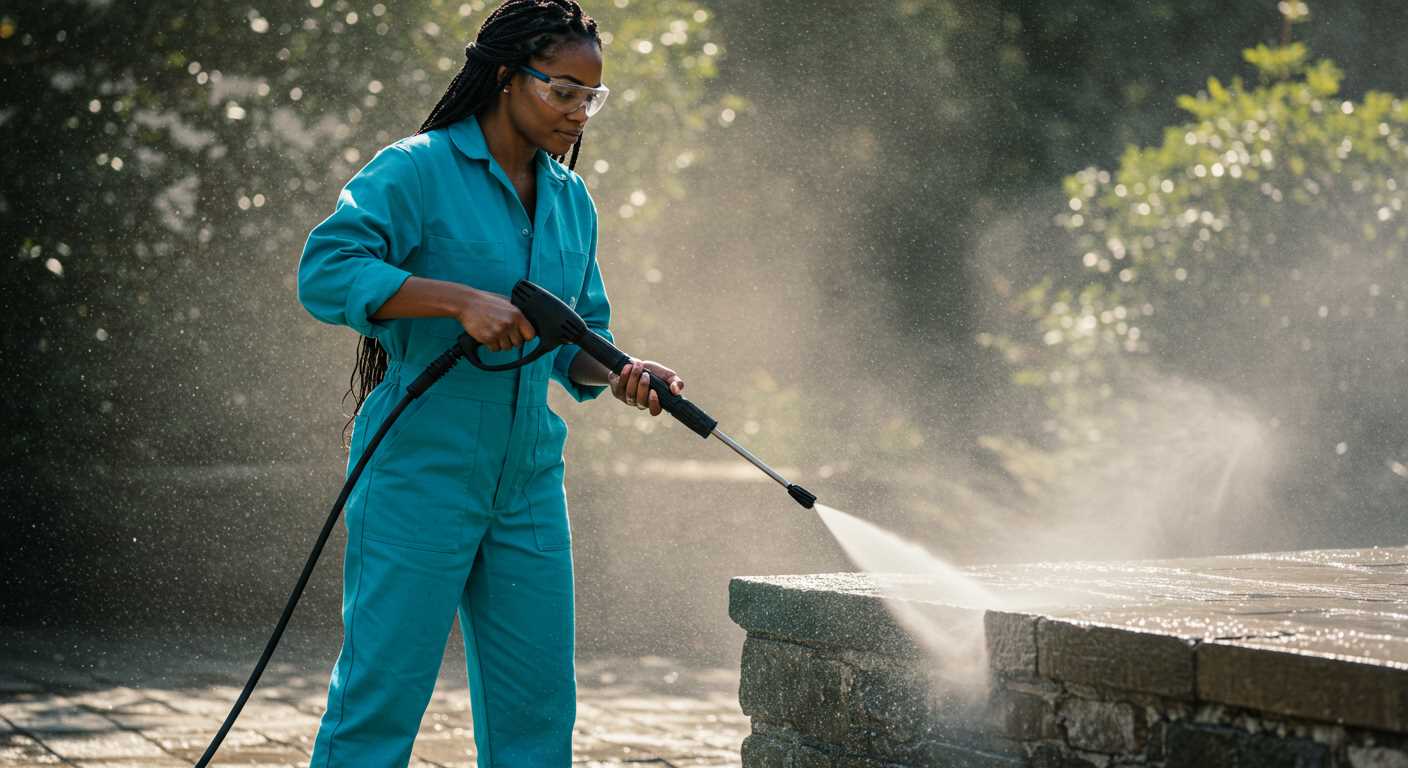
To ensure a seamless operation for your cleaning setup, connect a dedicated water supply with adequate storage. Start by selecting a robust tank with a capacity of at least 100 to 300 litres, depending on your cleaning tasks. This capacity enables sufficient water supply for extended periods, reducing downtime.
Consider the tank’s material; polyethylene is lightweight and resistant to corrosion. A tank with baffling is beneficial, as it minimises water slosh during transit, enhancing stability. Be mindful of the tank’s placement; securing it low on the frame aids proper balance and lowers the centre of gravity.
Integrate a pump with intake fittings that provide a reliable connection to both the tank and the equipment. Utilise reinforced hoses to minimise pressure loss and ensure efficient water transfer. Installing a manual or automatic shut-off valve is wise–it helps prevent backflow and maintains optimal pressure levels.
It’s advantageous to include a filtration system between the tank and the pump. This removes debris and protects the pump from damage, prolonging its lifespan. Regular checks on the filtration system ensure consistent water quality and operational efficiency.
Adding a quick-change fitting enables easy swap of hoses and attachments. This flexibility allows for adaptations based on specific tasks or environments. Positioning the storage tank and connecting elements in an accessible manner facilitates easy maintenance and refilling.
Finally, ensure compliance with any relevant regulations in your area concerning water usage and waste. Maintaining these operational standards enhances your cleaning performance and builds a strong reputation for reliability.
Designing a Stable and Functional Mounting Configuration
Prioritize a low centre of gravity to ensure stability. Position heavy components, such as the engine and pump, near the trailer’s axle. This setup minimizes swaying during transport.
Consider using a reinforced steel frame as the primary mounting structure. Such a frame provides durability and can support the weight of various attachments.
Utilize anti-vibration mounts to reduce wear on components. This also mitigates noise and enhances longevity. Select mounts that suit the weight and specifications of your equipment.
Implement adjustable brackets to secure the machinery. This flexibility allows for easy removal and maintenance whilst maintaining the integrity of the configuration.
Ensure that all parts are locked into place using grade-8 bolts or equivalent. Regularly check for loosening, as vibrations during transport can cause components to shift.
Incorporate storage compartments for hoses and accessories. These should be easily accessible yet well-secured to prevent damage during movement.
Test the arrangement by simulating transport conditions. A simple test drive will help identify any issues regarding stability and functionality. Make adjustments as necessary.
Lastly, consider the layout for easy access during operation. Everything from the water supply connections to the power source should remain unobstructed for efficient use.
Incorporating Safety Features for Trailer and User
Begin with a sturdy frame, ensuring it can withstand both the weight and vibrations during operation. Reinforce the structure with quality materials to avoid cracks or failures over time.
Include a wide wheelbase and low centre of gravity for improved stability. This will minimise the risk of tipping during transit or operation, especially on uneven terrain.
Add non-slip surfaces on any accessible areas, reducing the chance of slips when users are loading or unloading equipment. Consider using rubber mats or textured paint on walkways.
Install a secure harness system for equipment. This prevents items from shifting during transport, lowering the likelihood of accidents caused by loose tools. Ensure all components are tightly fastened and regularly checked for wear.
Incorporate proper ventilation systems for any engines being used. This helps dissipate heat and reduces the risk of overheating, which is especially critical during prolonged operations.
Integrate adequate lighting, especially if work could extend into twilight hours. Ensure visibility with reliable and durable lights placed at key points on the unit.
Utilise signage to indicate hazard areas and proper operating procedures. Clear labels will guide users and enhance safety measures for everyone in proximity.
Equip the setup with emergency shut-off switches, easily accessible to users. This allows for quick responses in case of unforeseen situations.
Consider using a coupler with an anti-sway feature. This provides better control during towing and prevents the unit from swaying dangerously.
Lastly, include a first aid kit accessible in the event of minor injuries, fostering a safe working environment and ensuring users are prepared for any incidents.
Utilising Proper Hose and Accessory Storage Solutions
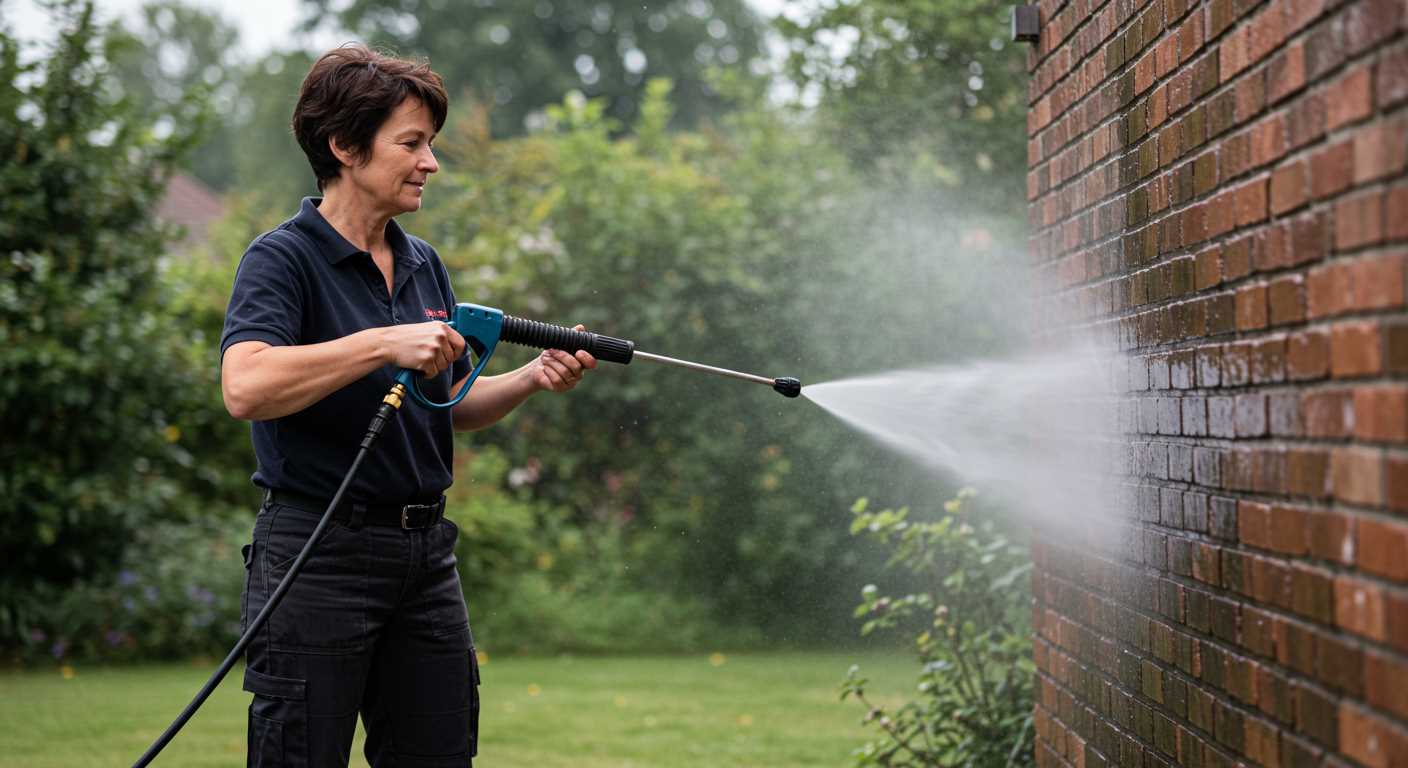
Invest in a robust hose reel to ensure efficient storage of hoses. Fixed or portable options are available. I prefer a wall-mounted reel for saving space, which keeps hoses organised and prevents tangles. Ensure that the reel can handle the length and diameter of your hoses for optimal performance.
For accessories, a dedicated toolbox or storage compartment is essential. I recommend a weather-resistant container that is easily accessible yet secure enough to protect items from the elements. Consider the following items for storage:
- Different nozzle types
- Extension wands
- Replacement filters
- Quick-connect fittings
Utilising a pegboard within your storage area can help organise smaller items, making them readily available when needed. Remember to incorporate labels for quick identification of tools and accessories. This small step enhances efficiency significantly during operations.
When storing hoses, ensure that they are rolled properly to avoid kinks and damage. I advise using hose holders or racks specifically designed to maintain the shape of the hose while stored. This practice prolongs the life of the hoses and ensures optimal water flow during use.
To keep your setup neat, consider a modular storage solution that can be adjusted based on your needs. Customisation allows for a flexible approach, accommodating different tools and items as your operations evolve.
Lastly, always remember that a well-organised storage system contributes to safety by minimising trip hazards and simplifying clean-up after each task. Make this aspect a priority in your design for a streamlined and effective unit.
Painting and Protecting the Trailer for Longevity
Select a high-quality rust-inhibitive primer and paint designed for metal surfaces. Apply two coats of primer followed by at least two coats of paint to ensure durability against the elements.
Utilise a spray gun or roller for an even application. Ensure the surface is clean and free of grease before starting. Allow adequate drying time between coats, following the manufacturer’s recommendations.
Consider using a rubberised undercoating on the underside to provide additional protection against gravel and road debris. This will also help to dampen noise and reduce vibration.
Regular maintenance involves inspecting the painted surfaces for chips or scratches. Touch up any damaged areas promptly to prevent rust from forming. A good approach is to establish a seasonal maintenance schedule to keep the finish in top condition.
Additionally, applying a protective sealant or wax annually will add an extra layer of defence, helping to safeguard the finish from UV damage and environmental wear.
Storing the unit indoors or under a protective cover when not in use can significantly extend its lifespan. Avoid exposing it to prolonged direct sunlight to prevent fading and degradation of the paint.
Following these steps will help maintain the appearance and functionality of the unit, ensuring it remains in excellent working condition for years to come.


